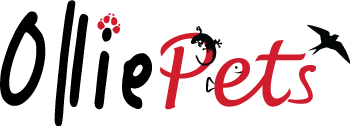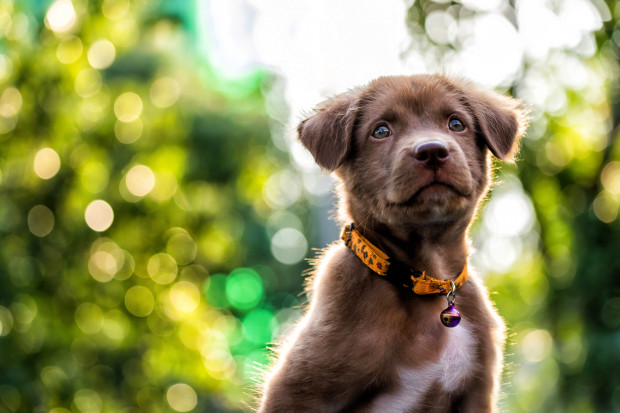
Puppy Training
Some people will tell you that training a puppy is hard work, but with the right tools, it can be a breeze. Here at OlliePets, we offer a huge range of puppy-training products, specially designed to help you raise your puppy to be a loving and obedient pet.
How to train your dog
Training can be one of the most rewarding parts of owning a dog and is a great way to nurture the bond between you. It’s also fun!
Often, being a first-time dog owner can be overwhelming and frustrating, but with a little patience, you’ll get there. When you do you’ll not only have the satisfaction of making your life easier, your dog will be happier too. Teaching simple commands like sit, wait and come back means they can enjoy time off-the lead and return to you when called. It also means they’ll be Well-mannered and able to spend time with your friends and family – especially young children.
Training is essential for puppies, but thankfully they’re quick learners. Older dogs still respond well to learning new things as they’re intelligent and quick to take commands on board. Training is also a good way to socialise dogs but remember you’ll need to stimulate them mentally and physically, and ensure the training is entertaining for them.
Reward based training

Reward-based dog training is the most effective, so take the time to learn about your dog’s personality and what they respond to, whether that’s training, treats, toys or just praise! If they show the desired behaviour, rewarding them with what they enjoy means they’re more likely to do it again. The behaviour will then become learned, and your dog will need less encouragement over time.
To help you make a start, we’ve put together advice and tips for training both puppies and older dogs. This will help you master the basics and help ease any frustrations to make it fun and worthwhile for both of you.
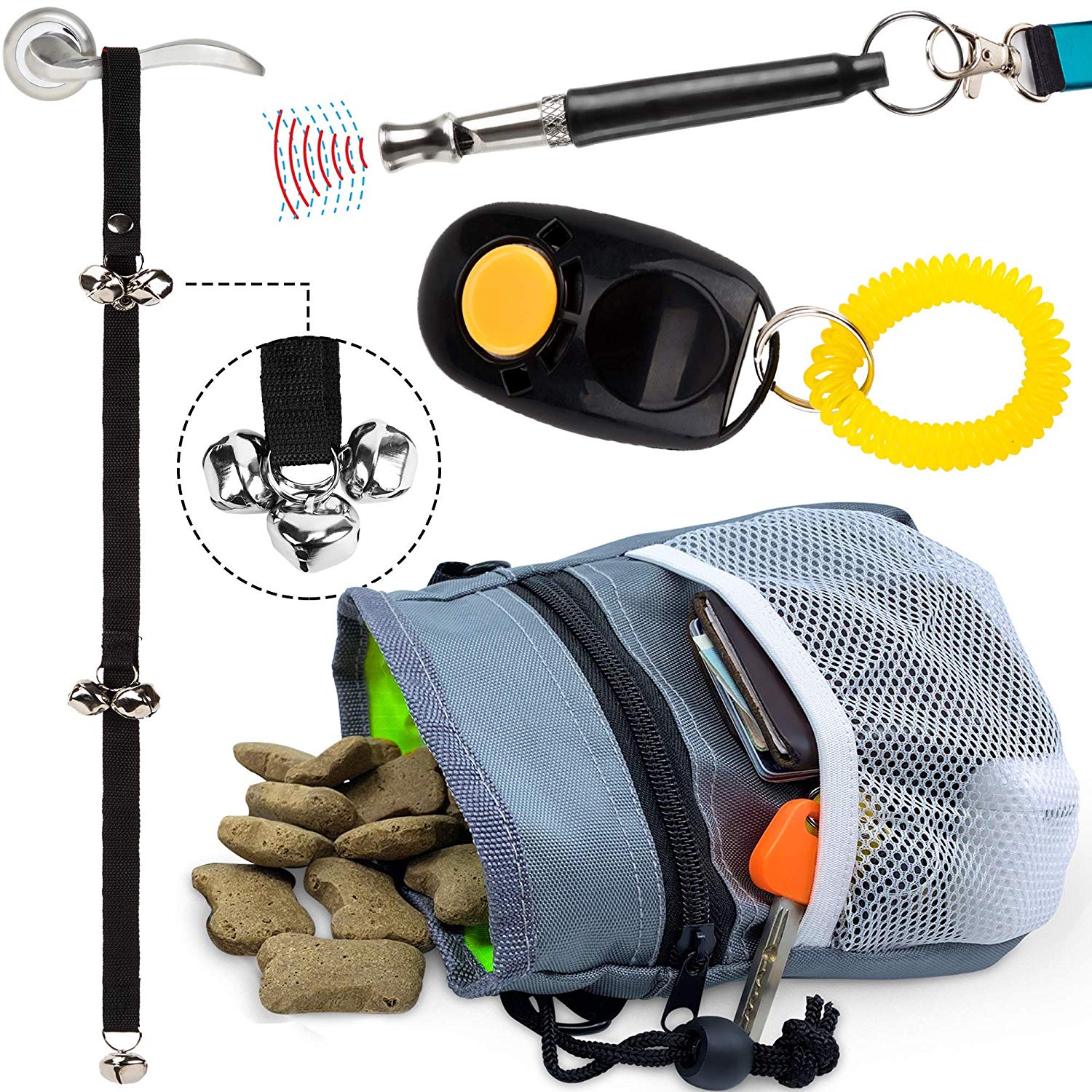
Puppy Training Starter Kit
AMZpets
£16.99
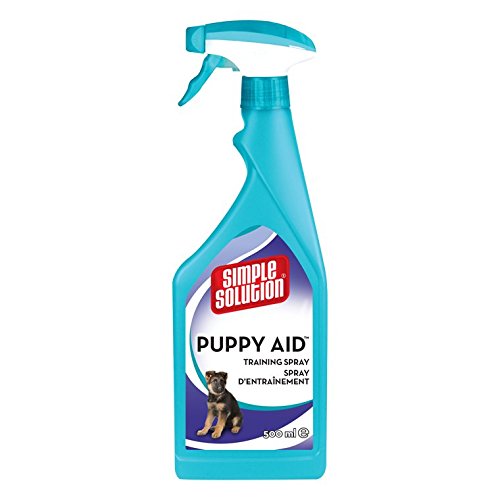
Training Aid Spray (500 ml)
Simple Solution
£4.99
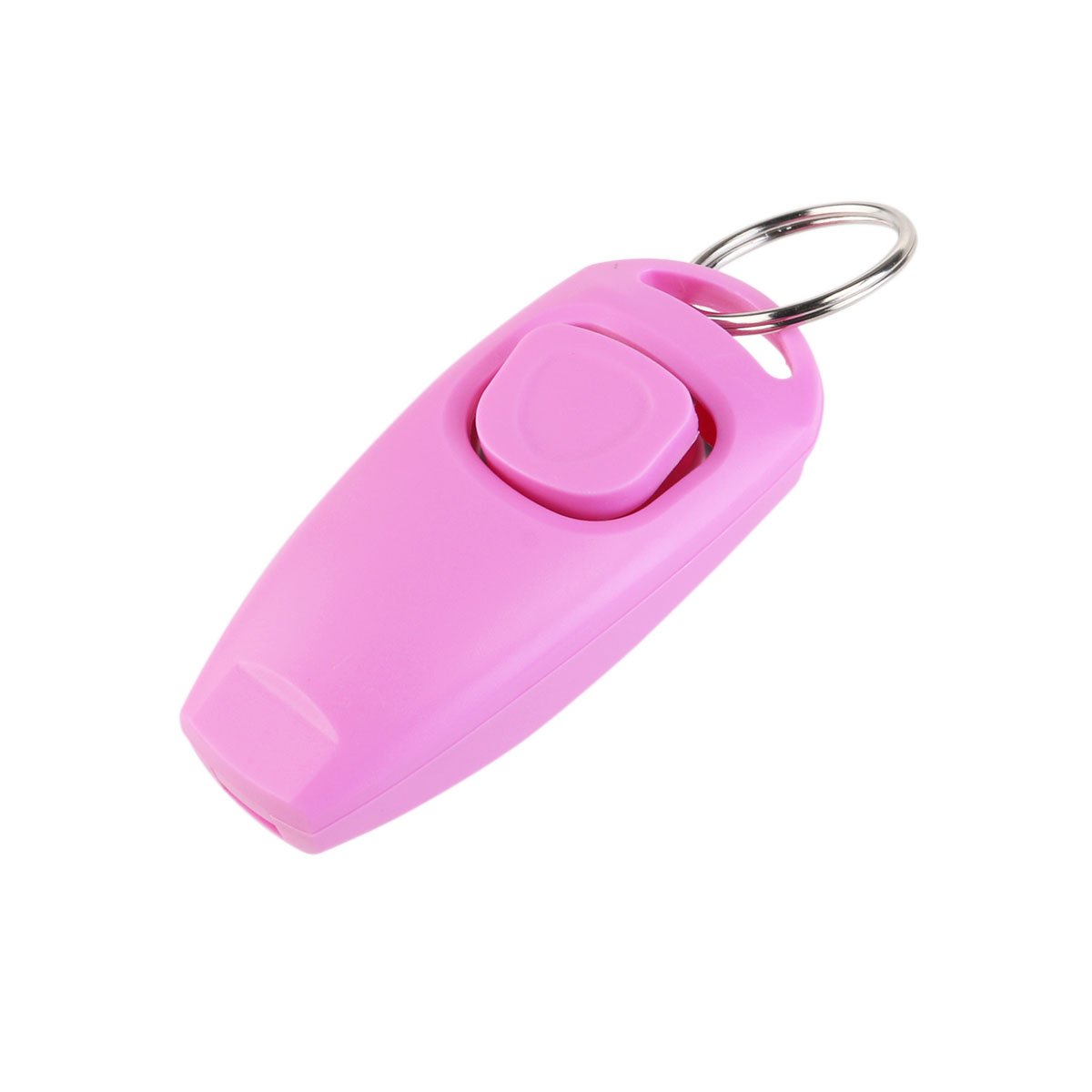
Training Clicker/ Whistle
Ueetek
£7.59
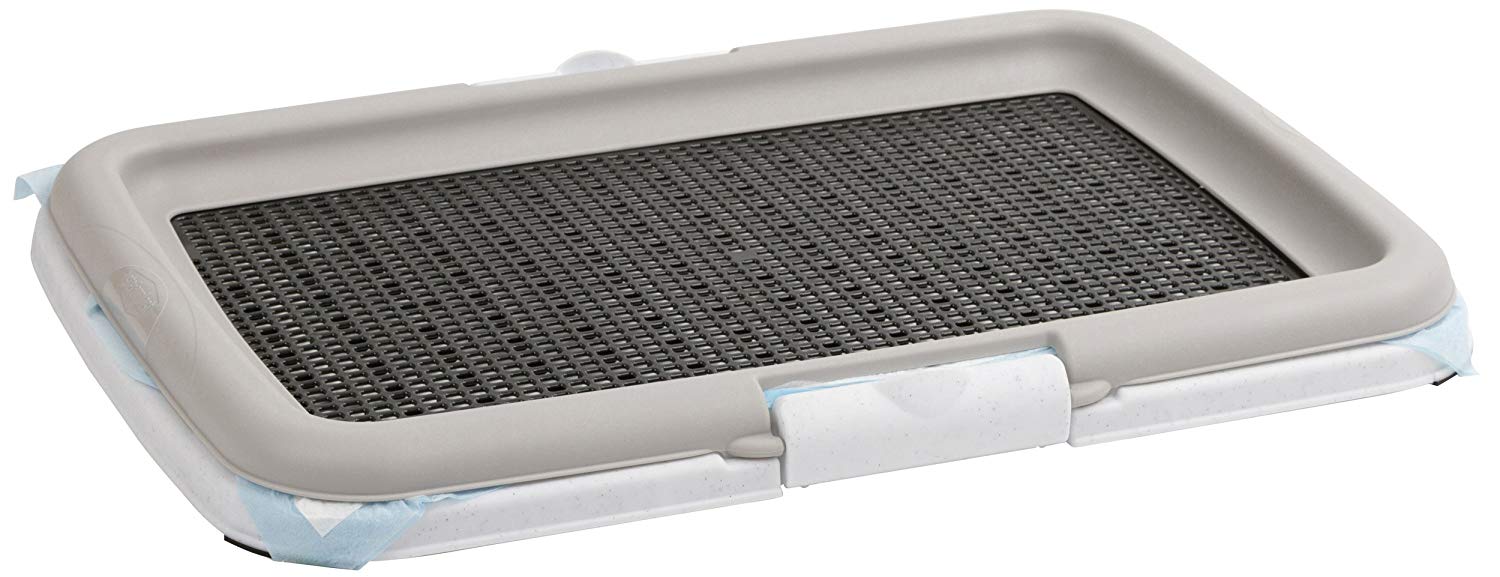
Toilet Puppy Training Set
Stefanplast
£13.18
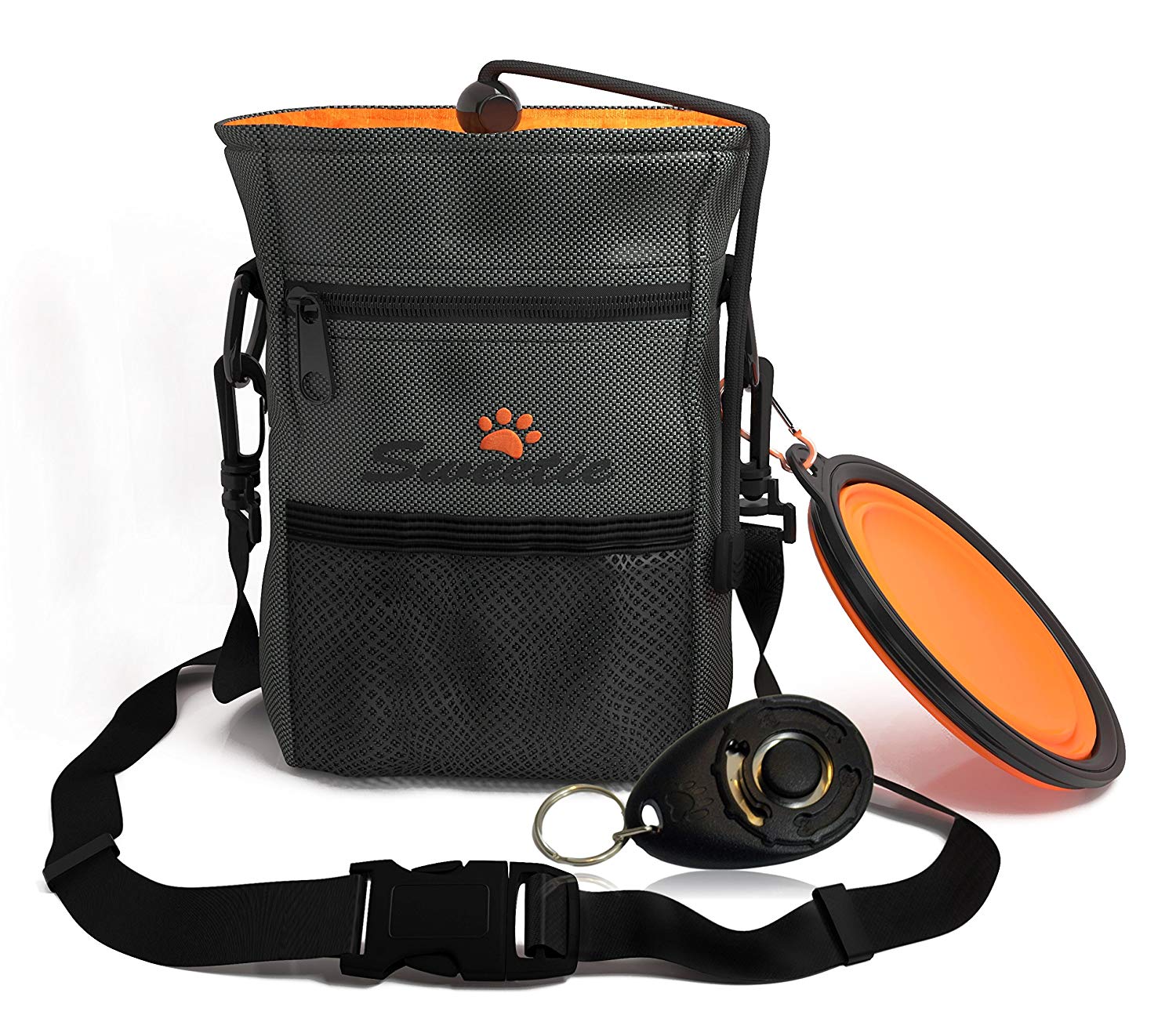
Treat Pouch Bag w/ Accessories
Sweetie
£11.75
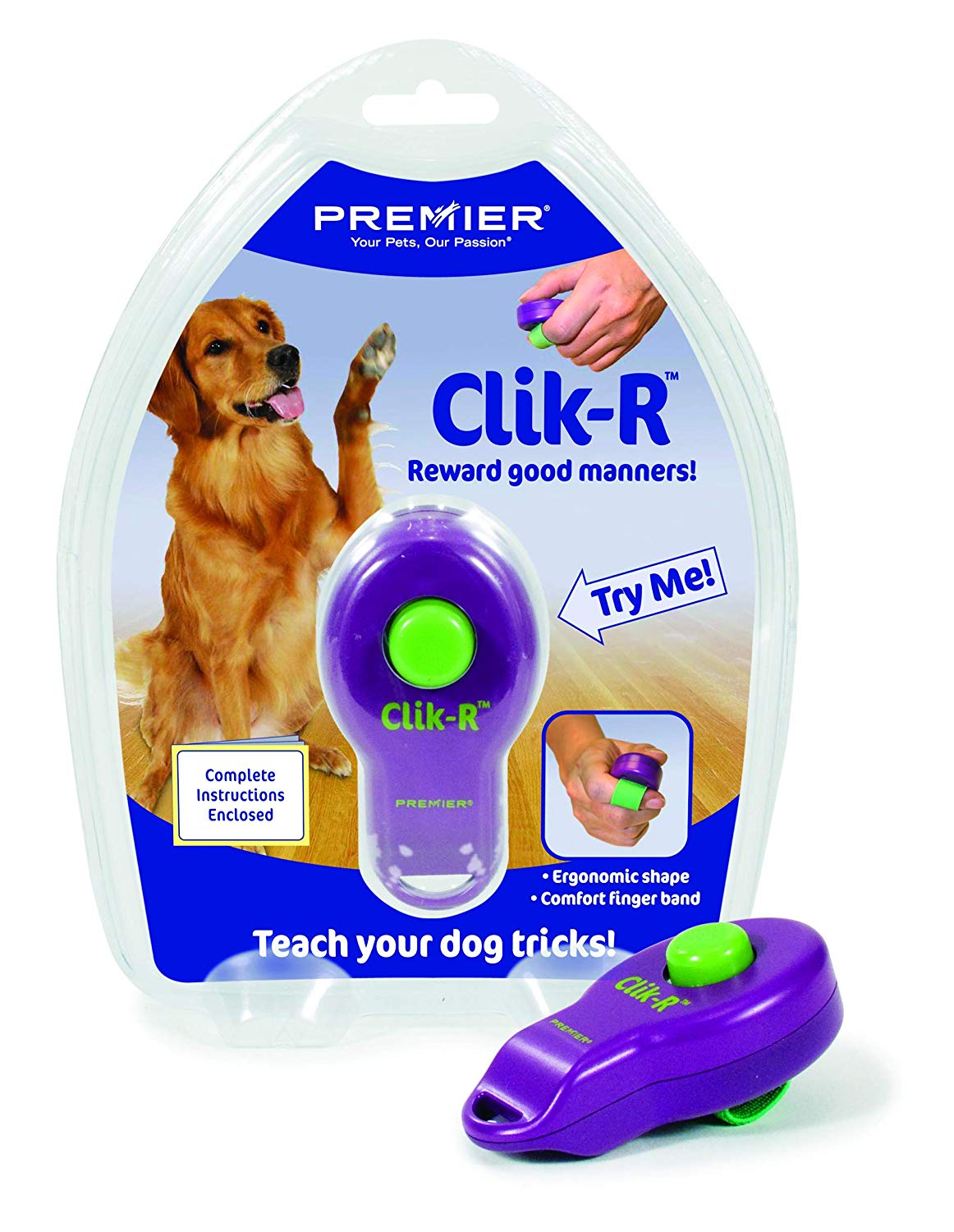
Clik-R Training Tool
PetSafe
£5.60
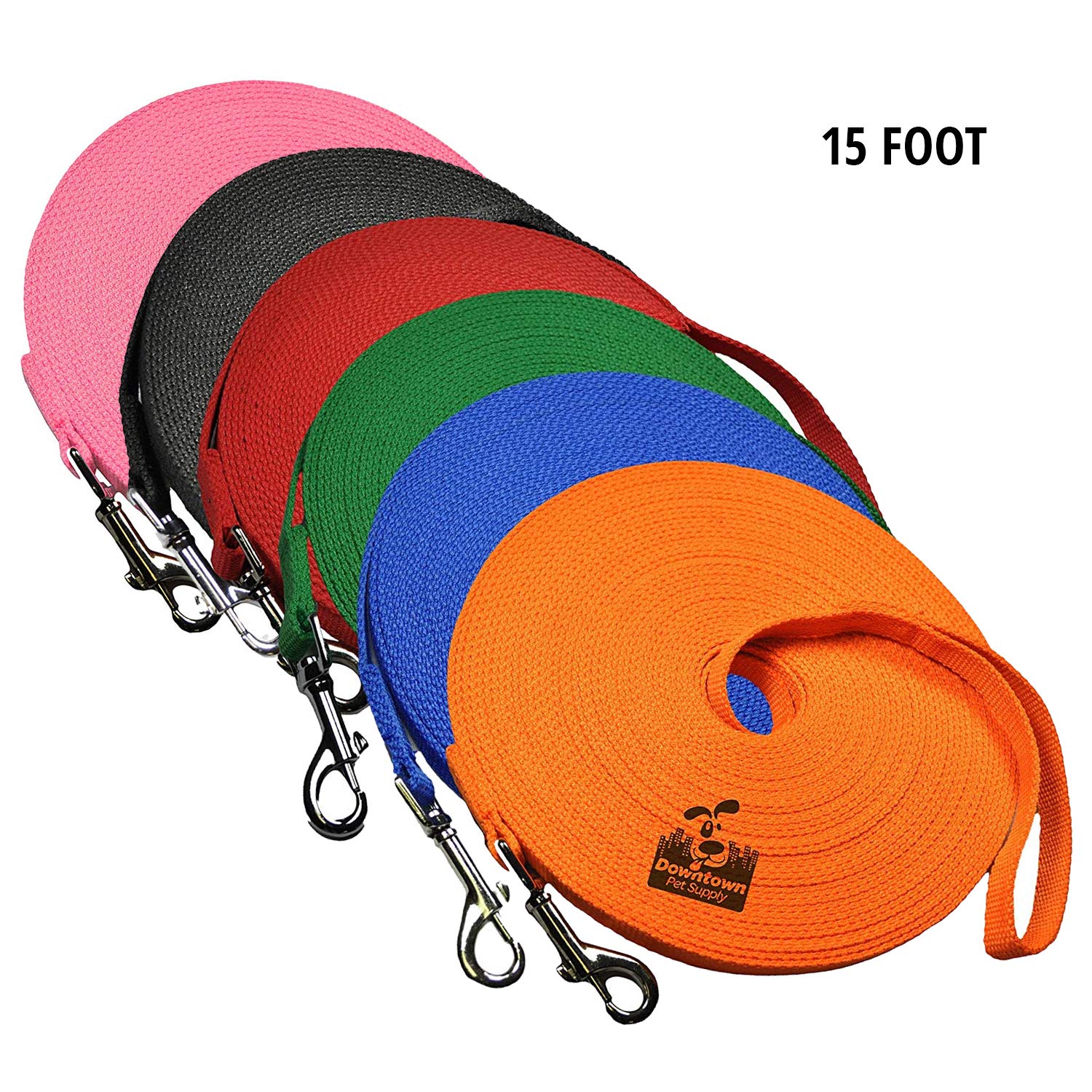
Training Agility Lead
Downtown Pet Supply
£6.99
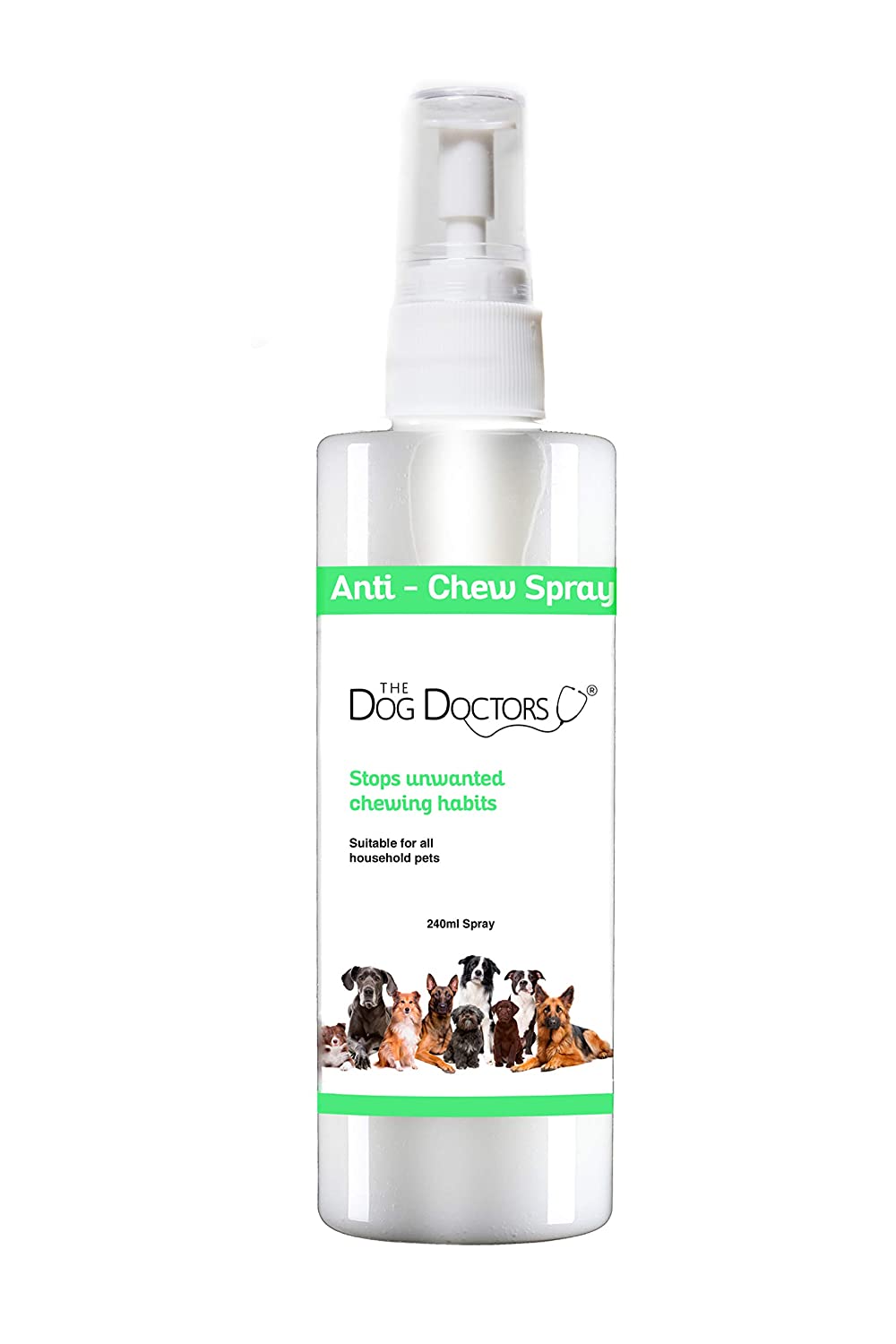
Anti Chew Puppy Spray
The Dog Doctors
£11.99
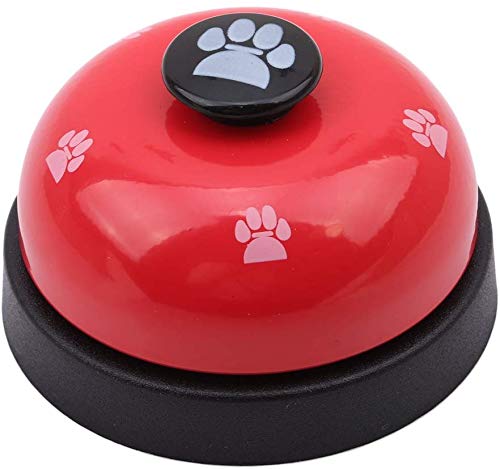
Pet Training Doorbell
Amazon
£3.26
How to house train your dog
It doesn’t get much more exciting than welcoming a new puppy or dog into your home – your new loyal companion is guaranteed to become a part of the family straight away.
As your new pet gets settled in their home, you’re going to need to teach them how to behave and what’s expected of them, and a big part of this is where they’re supposed to go to the toilet.
It can take several months for your dog to become completely house trained, but you can help them along the way by getting to know their schedule, understanding how to deal with accidents properly, and knowing how best to teach them. If you’re reading in a hurry, we’ve condensed the basic steps into this helpful guide:
- Recognise when your dog needs the toilet – watch them closely and learn their routine
- When your dog needs to go, let them outside or pick them up and take them out
- Use simple phrases like ‘toilet’ or ‘be quick’ to encourage them
- When they finish their business, reward them with a treat or a minute’s intense play
- Be prepared for a couple of accidents while your new pet is learning!

Understanding when your dog needs the toilet
If you have a relatively set routine, it’s likely that your dog will wake up, eat, and want to play at around the same times each day.
It’s up to you to establish a routine and learn when your pet will want to relieve themselves, which can also help you familiarise your dog with going to the toilet in the right place as quickly as possible. For example, if your dog’s business usually follows their breakfast, you’ll want to take steps at the right time each day so they can get used to where they’re supposed to go.
What to do when your dog needs to go
It’s natural that you’re going to spend a lot of time watching your pup when they first arrive, which will help you keep an eye on them and notice little habits such as sniffing the ground and circling when they’re looking for a spot to go to the toilet.
Dogs, especially when they’re puppies, can’t hold water in their bladder for very long. It’s a good idea to take them outside around 10-20 minutes after they’ve had a drink, and after they’ve been playing or sleeping too, to establish a routine and let them know where they’re supposed to do their business. It’s crucial that you don’t give your pet any attention while you wait for them to go to the toilet, and use a simple command like ‘toilet’ or ‘be quick’ to encourage them.
Make sure you give your dog lots of praise while they’re going to the toilet, followed by a reward, such as a treat or 60 seconds of intense play to help them associate relieving themselves outside with good things happening.
Don’t forget: It’s important to keep your routine up even when it’s raining, because consistency is vital in all aspects of training your new dog.
How to react if your dog has an accident
While they’re a puppy, your pet’s still learning and won’t always remember what they’re supposed to do. When your new dog does have an accident inside, it’s important not to shout at them or treat them negatively, which could make them afraid of going to the toilet in front of you.
Always keep in mind that scared dogs don’t learn, which is something that will help you in other parts of training your pet too.
If you spot that your dog is about to go, try to pick them up and take them outside, and if they do start, you can try clapping your hands to interrupt them before taking them out. If you’re bringing a new dog into your home, it’s essential that you’re prepared for a little cleaning up.
Don’t forget: use a cleaner that doesn’t contain any bleach to get rid of the mess.
Puppy and dog house training aids
As well as a consistent routine, there are training aids available which might help you get your new dog on the right track when it comes to house training. These include:

- Puppy pads – handy for beginning the training process indoors, and helpful if your dog often has accidents. The pads are usually scented and attract your dog to do their business there, rather than on the floor, making the clean-up much more manageable
- Pee posts – a great way to encourage your pet to go to the loo in your preferred area of the garden. Take them to the post when you bring them outside, wait until they’ve finished and then give them a reward straight away for going in the right place
It doesn’t matter whether you’re adopting a puppy or an older dog who hasn’t been properly house trained – the techniques are the same.
